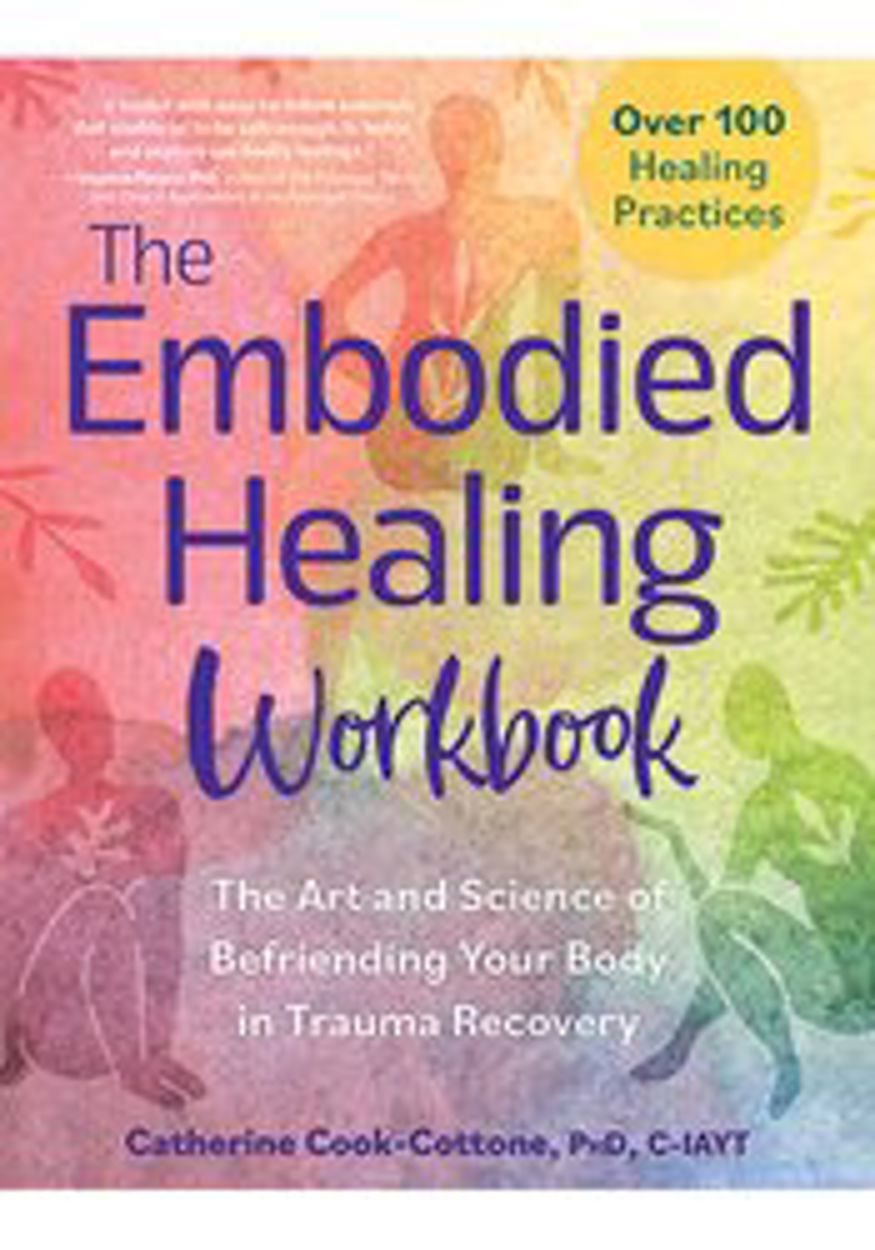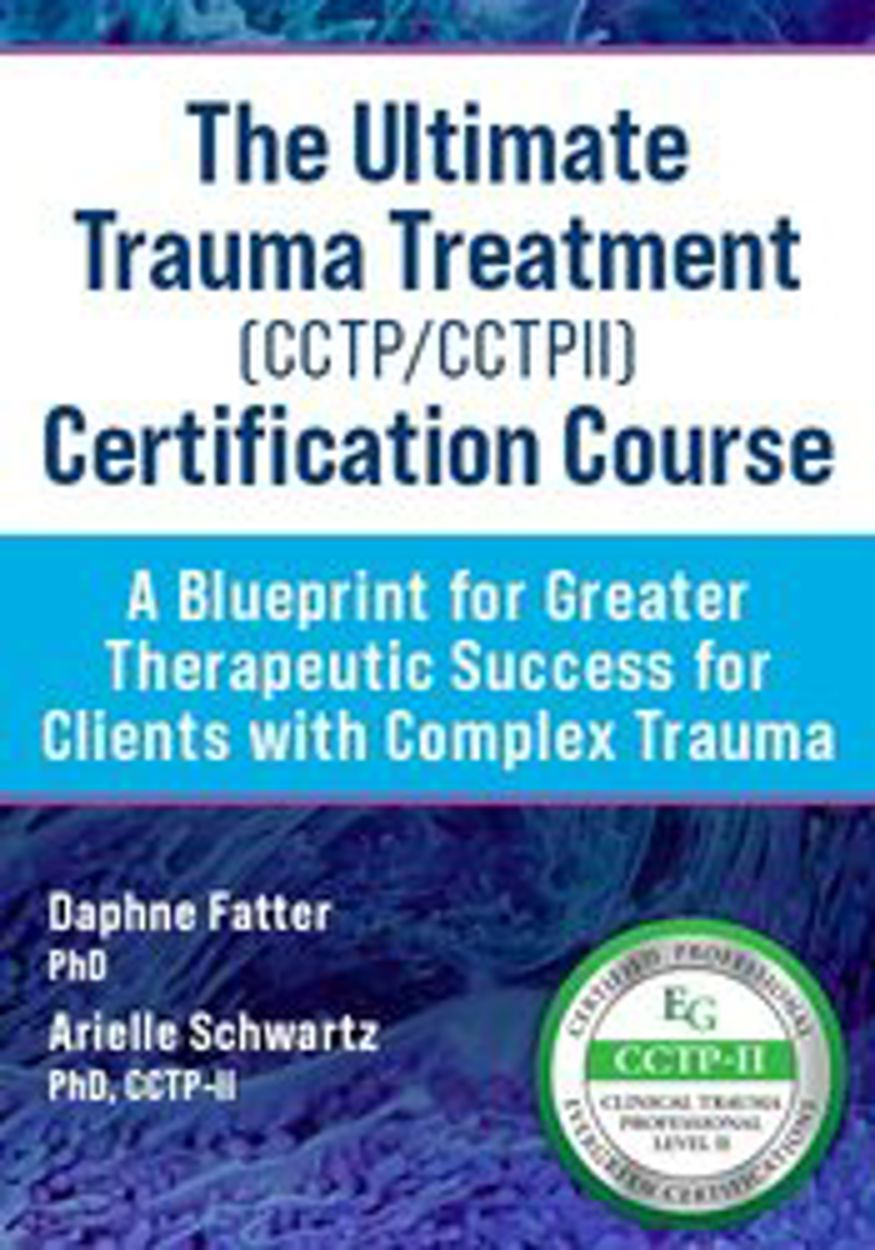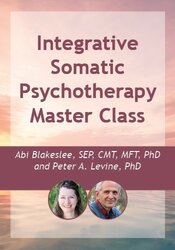Navigating Stress and Unhealthy Coping Mechanisms

Stress is an ever-present aspect of our daily lives. It is unavoidable, yet it profoundly influences how we think, act, and respond to things that occur in our everyday lives. The key to dealing with stress is in how we respond to it. By embracing healthy coping mechanisms and maintaining a balanced perspective, we can achieve personal growth and learn how to better handle stress.
Stress can appear in many ways. It may manifest itself as bigger problems such as job loss or major life changes, but can also present itself as smaller issues that tend to build up. Common smaller stressors often include juggling a hectic schedule or keeping track of getting chores done. In addition to this, joyful or positive events can also present stress. For example, even a big promotion at work can feel stressful because it throws your system off balance. There is a limit to how much your nervous system can regulate before it shuts down. When stress happens too often or is too big, it begins to deplete your body. This is called an allostatic overload, and it moves your body out of your window of tolerance.
While we cannot eliminate stress, our bodies are designed to adapt to and manage stress. The process of adapting to stress and bringing the body back to balance is called allostasis. When a client takes on a stressful load, their body releases stress hormones into the body. This increases their blood pressure and heart rate. Ideally, this process helps them deal with stress, and then it returns their body to its natural state. This is called homeostatic self-regulation.
On top of normal stress, many people encounter repeated stressors. This could be going to a toxic work environment or returning home to an uneasy partner. The body begins the release of stress hormones prior to even encountering stress. This makes it difficult for the body to self-regulate itself. Because the body can’t self-regulate, many of us attempt to calm ourselves down by engaging in activities that cause even more stress in the long run. These activities may include drinking, binge eating, smoking, or misusing drugs. In the moment, it may feel like just one drink, but these activities are making things worse.
This problem can best be visualized with the ancient Buddhist parable of the first and second arrows. The first arrows come from the initial problem that stresses our clients out. The second arrow represents the coping mechanism used to handle the first arrow. These second arrows represent the unnecessary suffering your clients add to their lives. When a client gets hit with the first arrow, the next step is in their hands. Do they add another arrow by engaging in unhealthy coping mechanisms? Or do they properly heal from the first arrow by seeking help? This help could be speaking to a therapist or someone they trust.
To assess the amount of stress in a client’s life, ask them to look back at their calendar and mark the date six weeks ago. Since then, what stressful experiences have they faced? Ask them to write them down.
These stressors may include:
Day-to-day life is inevitably stressful. While the body does have a natural response to stress, too much can throw our clients out of the window of tolerance, which can make them feel as if the stress is too much to handle. In this case, people often turn to bad habits as a coping mechanism. These bad habits do nothing to fix the problem at hand and just make things worse in the long run. Speaking to a therapist a good first step to solve the issue at hand and reduce stress. Speaking to a therapist is a good first step to solve the issue at hand and reduce stress. In addition to speaking to someone about their stress, healthy eating, exercise, journaling, meditation, and breathing exercises may help the body self-regulate the stress more effectively.
Use these free printable worksheets straight from The Embodied Healing Workbook with your clients so they can gain a deeper understanding of their stress and learn how to self-regulate their body in healthy ways.
Stress can appear in many ways. It may manifest itself as bigger problems such as job loss or major life changes, but can also present itself as smaller issues that tend to build up. Common smaller stressors often include juggling a hectic schedule or keeping track of getting chores done. In addition to this, joyful or positive events can also present stress. For example, even a big promotion at work can feel stressful because it throws your system off balance. There is a limit to how much your nervous system can regulate before it shuts down. When stress happens too often or is too big, it begins to deplete your body. This is called an allostatic overload, and it moves your body out of your window of tolerance.
While we cannot eliminate stress, our bodies are designed to adapt to and manage stress. The process of adapting to stress and bringing the body back to balance is called allostasis. When a client takes on a stressful load, their body releases stress hormones into the body. This increases their blood pressure and heart rate. Ideally, this process helps them deal with stress, and then it returns their body to its natural state. This is called homeostatic self-regulation.
On top of normal stress, many people encounter repeated stressors. This could be going to a toxic work environment or returning home to an uneasy partner. The body begins the release of stress hormones prior to even encountering stress. This makes it difficult for the body to self-regulate itself. Because the body can’t self-regulate, many of us attempt to calm ourselves down by engaging in activities that cause even more stress in the long run. These activities may include drinking, binge eating, smoking, or misusing drugs. In the moment, it may feel like just one drink, but these activities are making things worse.
This problem can best be visualized with the ancient Buddhist parable of the first and second arrows. The first arrows come from the initial problem that stresses our clients out. The second arrow represents the coping mechanism used to handle the first arrow. These second arrows represent the unnecessary suffering your clients add to their lives. When a client gets hit with the first arrow, the next step is in their hands. Do they add another arrow by engaging in unhealthy coping mechanisms? Or do they properly heal from the first arrow by seeking help? This help could be speaking to a therapist or someone they trust.
To assess the amount of stress in a client’s life, ask them to look back at their calendar and mark the date six weeks ago. Since then, what stressful experiences have they faced? Ask them to write them down.
These stressors may include:
- Small daily stressors (getting stuck in traffic, missing your morning coffee)
- Large stressors (fighting with a partner, loss in the family)
- Positive stressors (buying a new home, getting a new job)
- Repeated stressors (toxic work/home environment)
- Societal stressors (political unrest, war, racism, systematic bias or oppression)
Day-to-day life is inevitably stressful. While the body does have a natural response to stress, too much can throw our clients out of the window of tolerance, which can make them feel as if the stress is too much to handle. In this case, people often turn to bad habits as a coping mechanism. These bad habits do nothing to fix the problem at hand and just make things worse in the long run. Speaking to a therapist a good first step to solve the issue at hand and reduce stress. Speaking to a therapist is a good first step to solve the issue at hand and reduce stress. In addition to speaking to someone about their stress, healthy eating, exercise, journaling, meditation, and breathing exercises may help the body self-regulate the stress more effectively.
Use these free printable worksheets straight from The Embodied Healing Workbook with your clients so they can gain a deeper understanding of their stress and learn how to self-regulate their body in healthy ways.
Book:
The Embodied Healing Workbook
The Embodied Healing Workbook

In this workbook, renowned trauma therapist Catherine Cook-Cottone provides a step-by-step, sequential process for embodied healing that will teach you to work through your trauma, reconnect to your body, and begin thinking about what is next in your embodied path forward.
Filled with over 100 embodied practices, worksheets, and meditations, you'll learn how to befriend your body and build your inner resources for healing, be with and work with your trauma memories and symptoms, reconnect to your body's wisdom, and so much more. True healing comes from reconnecting with your body. It is courageous work that requires commitment and practice over time to create a new way of being. By taking this journey, healing is possible.
Filled with over 100 embodied practices, worksheets, and meditations, you'll learn how to befriend your body and build your inner resources for healing, be with and work with your trauma memories and symptoms, reconnect to your body's wisdom, and so much more. True healing comes from reconnecting with your body. It is courageous work that requires commitment and practice over time to create a new way of being. By taking this journey, healing is possible.
Online Course:
The Ultimate Trauma Treatment Certification (CCTP/CCTPII) Course
The Ultimate Trauma Treatment Certification (CCTP/CCTPII) Course

Learn to treat trauma and complex PTSD with EMDR, DBT, Internal Family Systems (IFS) approach, Cognitive Processing Therapy (CPT), Somatic Psychotherapy and Parts Work. Includes two free e-books on Post-Trauma Growth and Integrative Trauma Recovery. PLUS, walk away with our highest level of Trauma Certification, CCTP-II, completely free!
Online Course:
Integrative Somatic Psychotherapy Master Class
Integrative Somatic Psychotherapy Master Class

Join somatic healer Abi Blakeslee to master body-based skills for today’s trauma cases. Through real in-session videos, you’ll experience somatic healing in action with generational trauma, trauma-induced guilt and shame, trauma within couples therapy, and trauma in a client with autism. You’ll not only learn somatic interventions you can apply right away in your practice – but you’ll also get insight into key therapy decisions that lead to true trauma breakthroughs.






